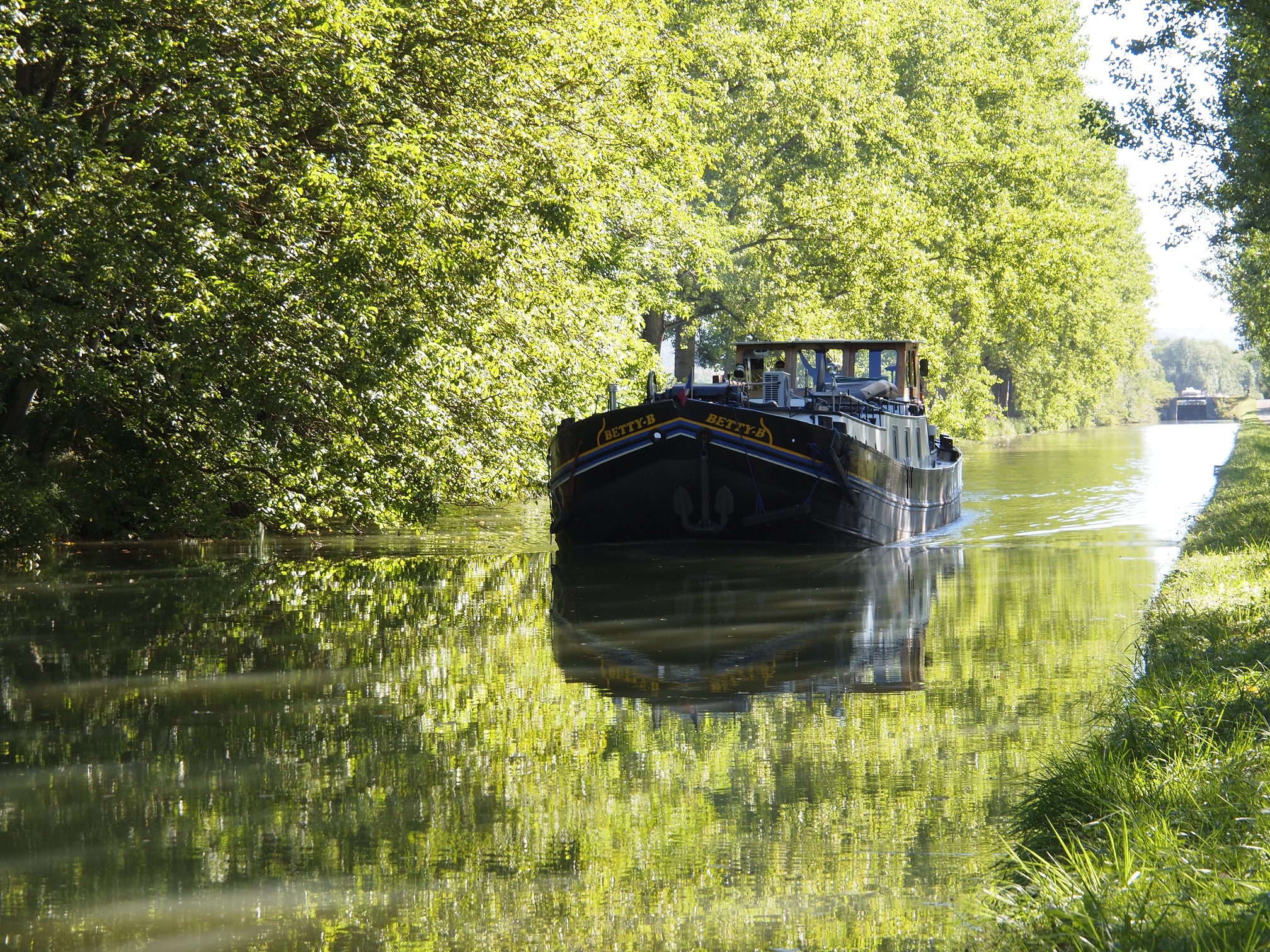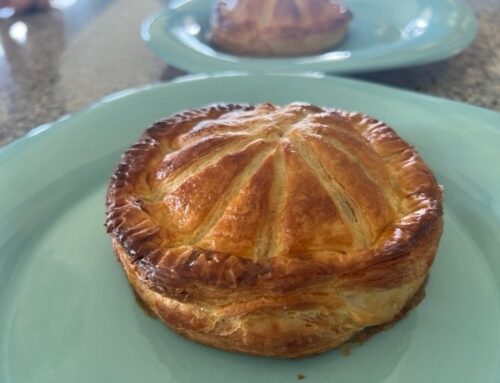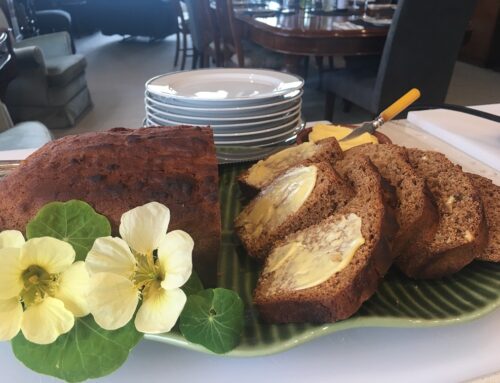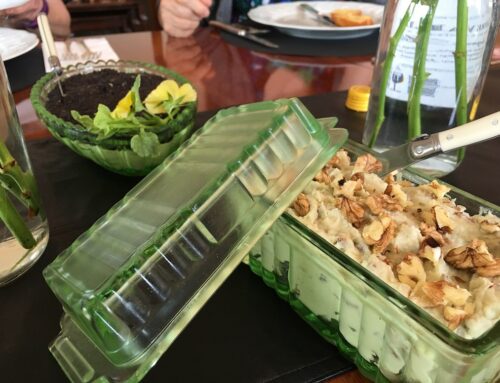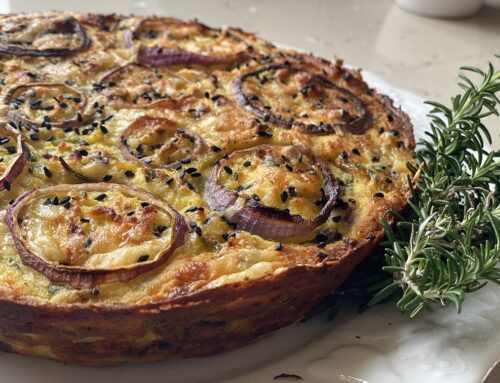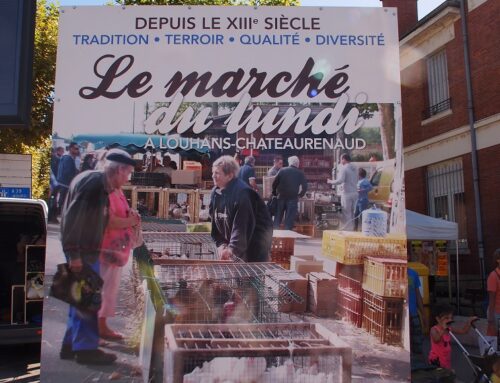This season of May and August 2016, we started our journey from Auxerre, Burgundy where we intend to be for the next few years. We barged north up the Yonne River and then we turned towards the east, at Migennes, to the Canal de Bourgogne. We travelled along the Canal be Bourgogne for 74 kilometres to Ancy-Le-Franc, with 33 locks, and back again to Migennes where the Betty B will remain for winter.
- Postcard map
- Leaving Migennes
- Contrasting colours
In Burgundy, a water-shed of canal structures is found between the basins of three main rivers, the Seine, Loire and Rhone. To enable all these rivers to meet, a series of canals was built in the 17th, 18th and 19th centuries, seven in fact and the Canal de Bourgogne is one of there. The canals and the navigable rivers of the Saône, Yonne and Seille, constitute a unique network, making the region a paradise for boating. Over these hundreds of years these waterways provided the major means of transport for goods, wood, food and wine plus farm produce.
We have leisurely travelled along the canal, through this heart of rural France, with the charming, historic small villages, fields some with corn, some fallow, some with sunflowers, fields with the famous white charolais cattle grazing. I enjoy immersing myself in the tranquillity of the canal, watching the beautiful and mesmerising passing scenery of which I never tire. Simply enjoying the countless fishermen, watching the deep green, tree lined beauty of the canal slowly pass by, the otters swimming hurriedly back into their burrows on the side of the canal to get out of our way, numerous birds, such as the shy ibis, herons, ducks and their babies and the white swans and their signets; rows of wood all expertly piled up ready for winter, the quaint lock-keepers’ cottages in their varying degree of beauty and care.
Some of these lock-keepers’ cottages are well maintained with pretty gardens, vegetable patches, chickens and goats, one was selling eggs, champignons and wine; some gardens are adorned with decorative wine barrels and presses, the occasional windmill, gnomes, and other such garden ornamentation; and we saw a couple of pretty boats filled with flowers.
The towpath alongside the canal, some parts of which are very cool and shady, are perfect for some exercise or a leisurely stroll; I love walking between a few locks; sometimes, when we can get the bikes off, we join the numerous bike riders travelling along the canal’s towpath.
- Manual operation of locks
- Huge haystacks on the horizon
- Pretty flowers look fabulous on the lock bridge
We wake each day to the chirping of the birds in the serenity of rural France. The Betty B barge quietly laps along with just the gentle humming of its engine to be heard.
After Migennes, le Canal de Bourgogone takes us through the medieval villages of St Florentin, the tiny village of Flogny-la-Chapelle, Tonnerre and to Tanlay where we have to turn around to start the journey home.
This year we are barging very few hours a day, quite different to the past seasons. This was our intention, however, in May, we have done much less due to the floods, rain and strikes! In contrast, August has been hot, up to 40°C on many days, with blue skies and sunshine to wake up to most mornings. One day even saw the lock keepers strike, a first for us; lucky it did not affect our plans or our trip.
Burgundy is a beautiful region, although all of regional France is beautiful, and has an accompanying fascinating history as well. There are many ancient medieval castles in the region, such as the one we visited at Tanlay which had been in the same family for 300 years and eleven generations.
- Château de Tanlay
- Château d’ Ancy-le-Franc
- Trees shade the entrance to Château d’ Ancy-le-Franc
In the Middle Ages, the Duchy of Burgundy became the most powerful state in Europe, thanks to the skillful policy of its dukes and to the vanishing power of the French royal family in the One Hundred Years War. These overlords and the more “minor” Counts built some magnificent castles from which they kept control over their vassals.
Some of the Medieval villages remaining from this time, such as Chateauneuf en Auxois, Vezelay and Flavigny-sur-Ozerain are amongst the most beautiful villages of France. Other remarkable sites include the Hôtel-Dieu Marguerite of Burgundy at Tonnerre, the glorious Renaissance châteaux of Ancy-le-France and Tanlay and the Nuits-sur-Armançon.
The construction of the Canal de Bourgogne was a significant achievement and opened many wonderful opportunities for the people of Burgundy. It changed the social evolution for hundreds of small villages and hamlets.
- Lunchtime is precious in France
- Shady towpath
- Always the fishermen!
The canal is a masterpiece of pre-industrial revolution civil engineering. It contains many ‘works of art’, such as the canal bridge at Saint-Florentin. Construction started in 1775 and continued over a period of two centuries. The canal was opened in 1832 for navigation and modernised in 1882 when the locks were modernised to the Freycinet gauge. The locks are still operated by hand and, when possible, we often assisted.
It is more than 250 kilometres in length with 189 locks. It runs between Migennes and St Jean de Losne in the Côte-d’Or, linking the Yonne and Saône valleys, following the Armançon Valley.
The canal winds its way throughout the region in smooth curves, climbs steeply with a concentration of locks which appear like staircases, before reaching the summit at Pouilly en Auxois.
Over the centuries, the canal used to carry the wooden or steel hulled barges. Nowadays it carries some beautiful barges, such as ‘La Belle Epoque’ and ‘C’est La Vie’, and many pleasure and rental craft, mostly of which are ‘plastiques’ which Rick Stein called ‘Noddy boats’!

